Again the CG gets ignored however my recruiter insisted on showing me pics of bad ass boats with beautiful ladies on them.
Hook, Line & Sinker.
Again the CG gets ignored however my recruiter insisted on showing me pics of bad ass boats with beautiful ladies on them.
At least the Marines eat crayons, the Navy guys kept eating all our urinal cakes, I think they thought they were breath mints.Happy Veterans day to my brothers from all services. I even bought a large assortment of crayons for the Marines to snack on!


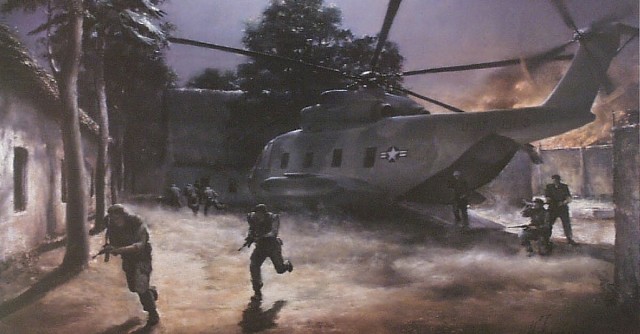
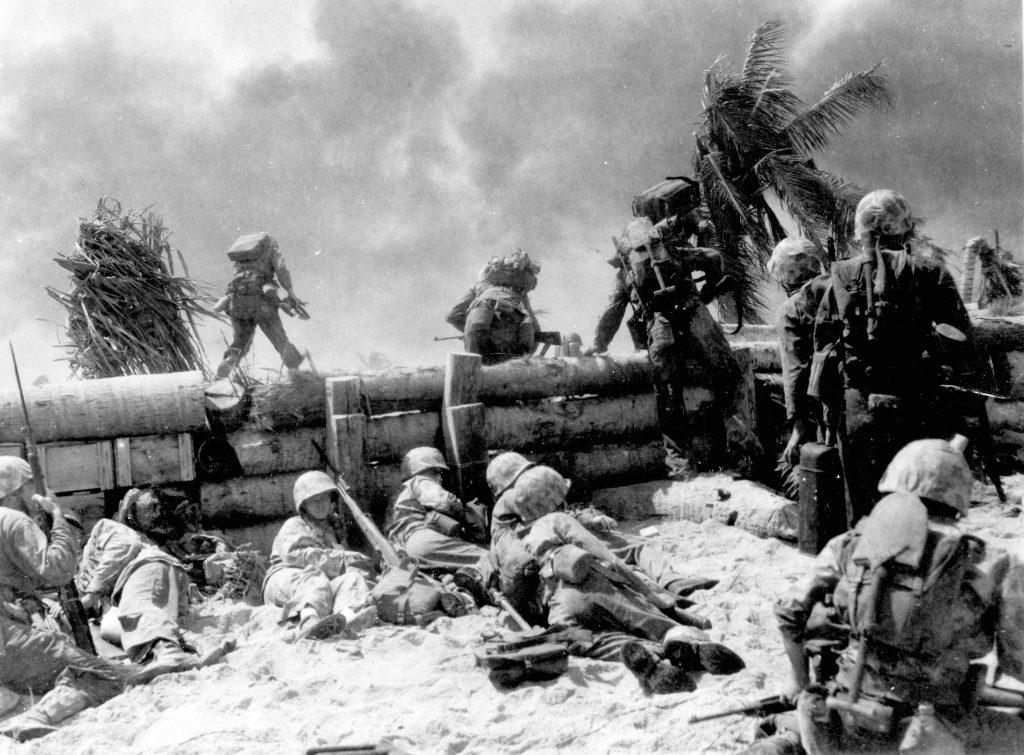
 mca-marines.org
mca-marines.org
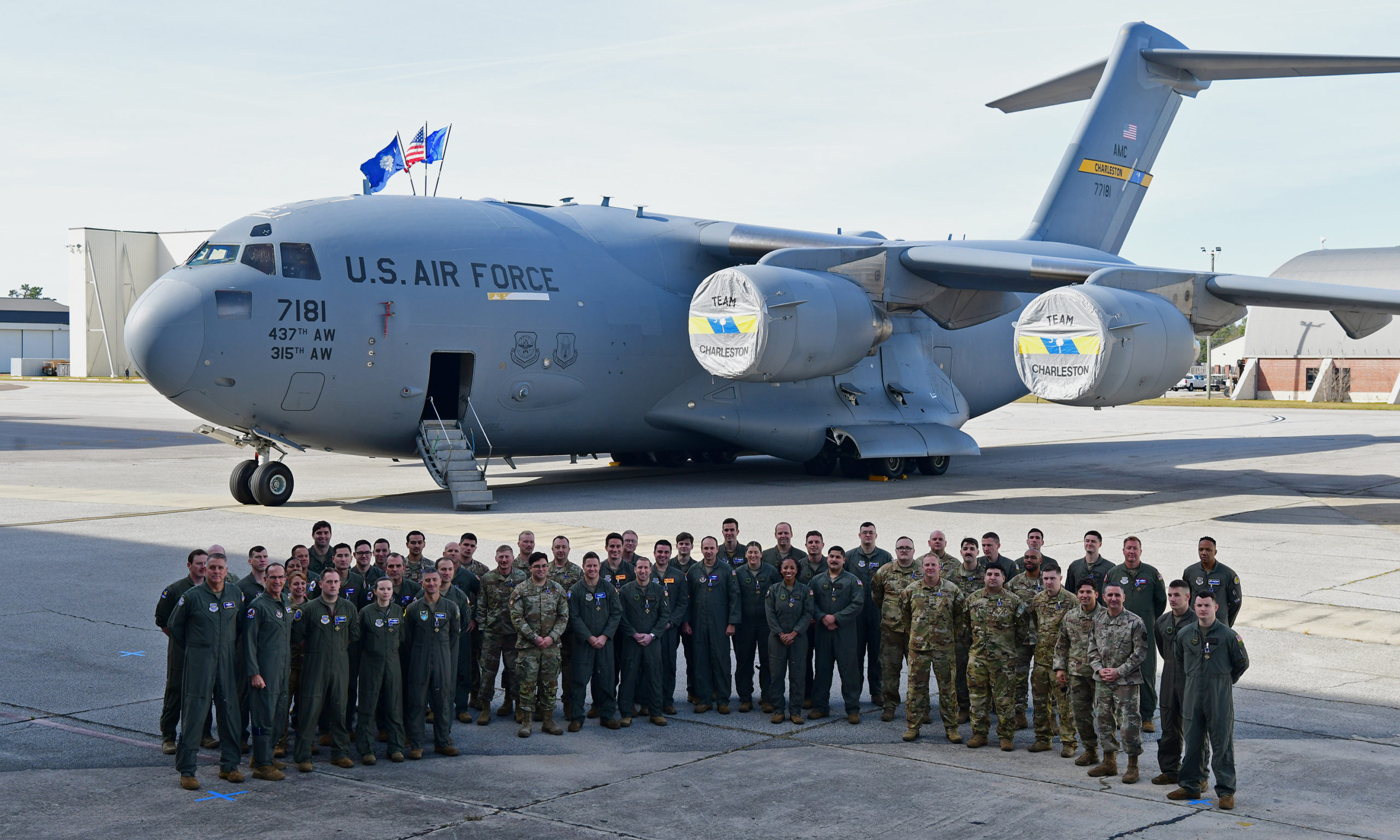

That old boy don't know how incredibly lucky he was.

Thanksgiving Miracle: Coast Guard Rescues Overboard Passenger from the Carnival Valor
A passenger on the Carnival Valor who went overboard sometime after 11:00 p.m. Wednesday night was rescued by the U.S. Coast Guard the following daywww.cruiselawnews.com
I got out to not have people order me around anymore thanks though.
Mate, I have the utmost respect for members with your experience. There are times, however, when speaking truth to power can come from any level.I got around that by advancing in rank.
I've had O4's + try & have me do things I refused to & they never got their way!
E-9, FTW.
i made e4 twice in 4 yearsI got around that by advancing in rank.
I've had O4's + try & have me do things I refused to & they never got their way!
E-9, FTW.

I made E5 twice in one year.i made e4 twice in 4 years
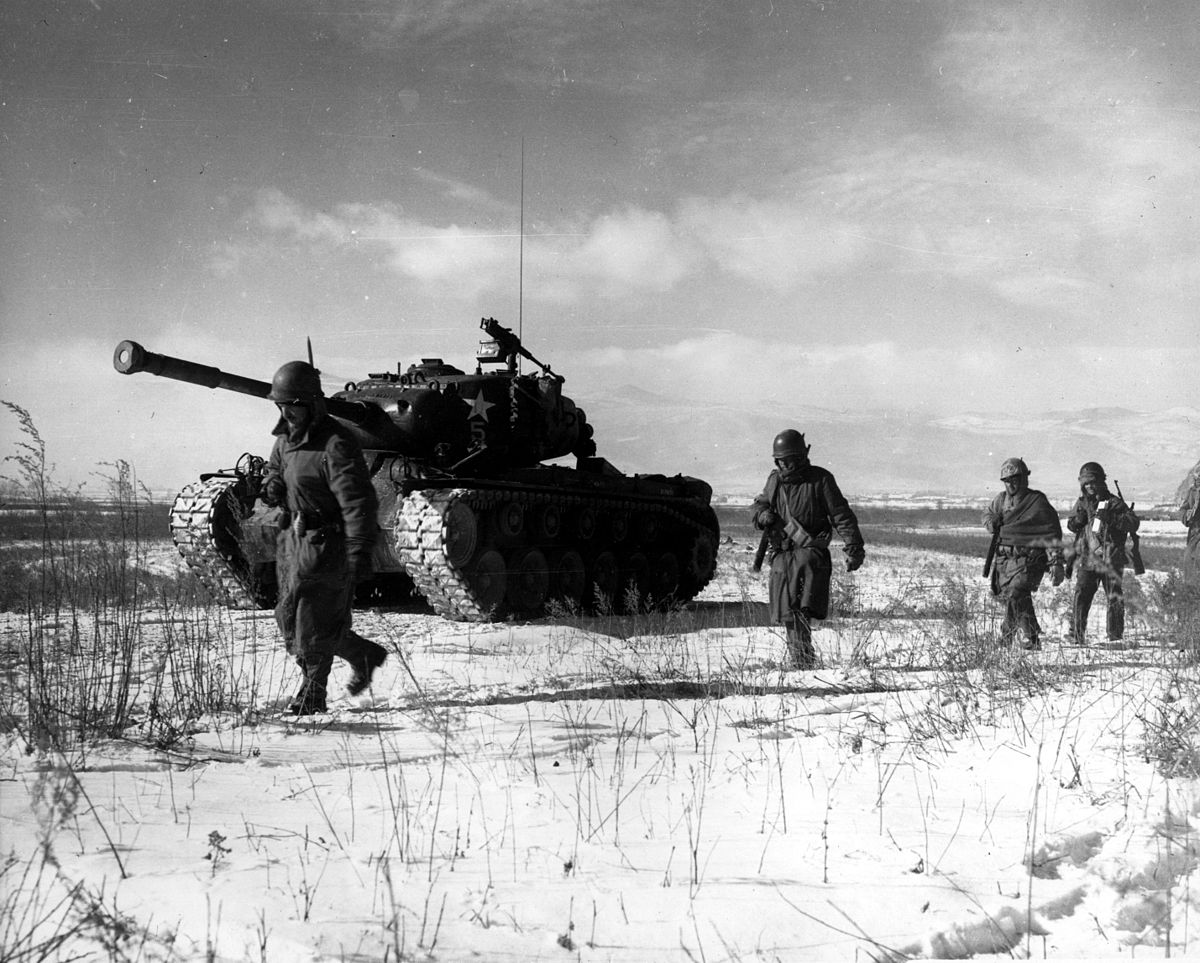
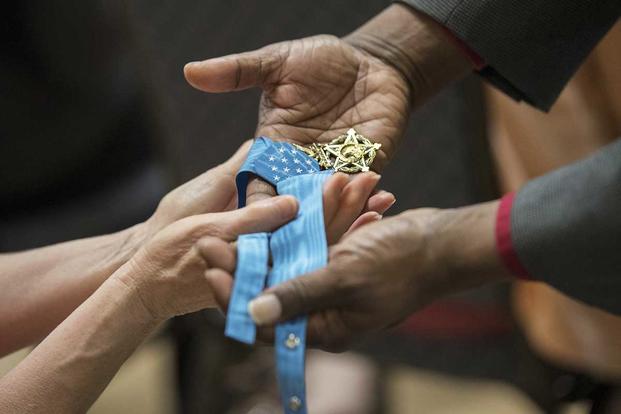
Just curious - Is there a back-story to the painting? The P-51D is being attacked by a Spitfire & both of them are sporting white ID stripes (not the B&W "invasion stripes" that would place the incident shortly after D-Day).
December 1, 1943, The first operational use of the American P-51D Mustang is in a fighter sweep over occupied Belgium. The P-51 was designed as the NA-73 in 1940 at Britain’s request. The design showed promise and AAF purchases of Allison-powered Mustangs began in 1941 primarily for photo recon and ground support use due to its limited high-altitude performance.
But in 1942, tests of P-51s using the British Rolls-Royce “Merlin” engine revealed much improved speed and service ceiling, and in Dec. 1943, Merlin-powered P-51Bs first entered combat over Europe. Providing high-altitude escort to B-17s and B-24s, they scored heavily over German interceptors and by war’s end, P-51s had destroyed 4,950 enemy aircraft in the air, more than any other fighter in Europe.
The Mustang was the first single-engine plane based in Britain to penetrate Germany, first to reach Berlin, first to go with the heavy bombers over the Ploiesti oil fields in Romania, and first to make a major-scale, all-fighter sweep specifically to hunt down the dwindling Luftwaffe.
One of the highest honors accorded to the Mustang was its rating in 1944 by the Truman Senate War Investigating Committee as “the most aerodynamically perfect pursuit plane in existence.”
Mustangs served in nearly every combat zone, including the Pacific where they escorted B-29s to Japan from Iwo Jima. Between 1941-5, the AAF ordered 14,855 Mustangs (including A-36A dive bomber and F-6 photo recon versions), of which 7,956 were P-51Ds. During the Korean War, P-51Ds were used primarily for close support of ground forces until withdrawn from combat in 1953.
North American P-51 Mustang
